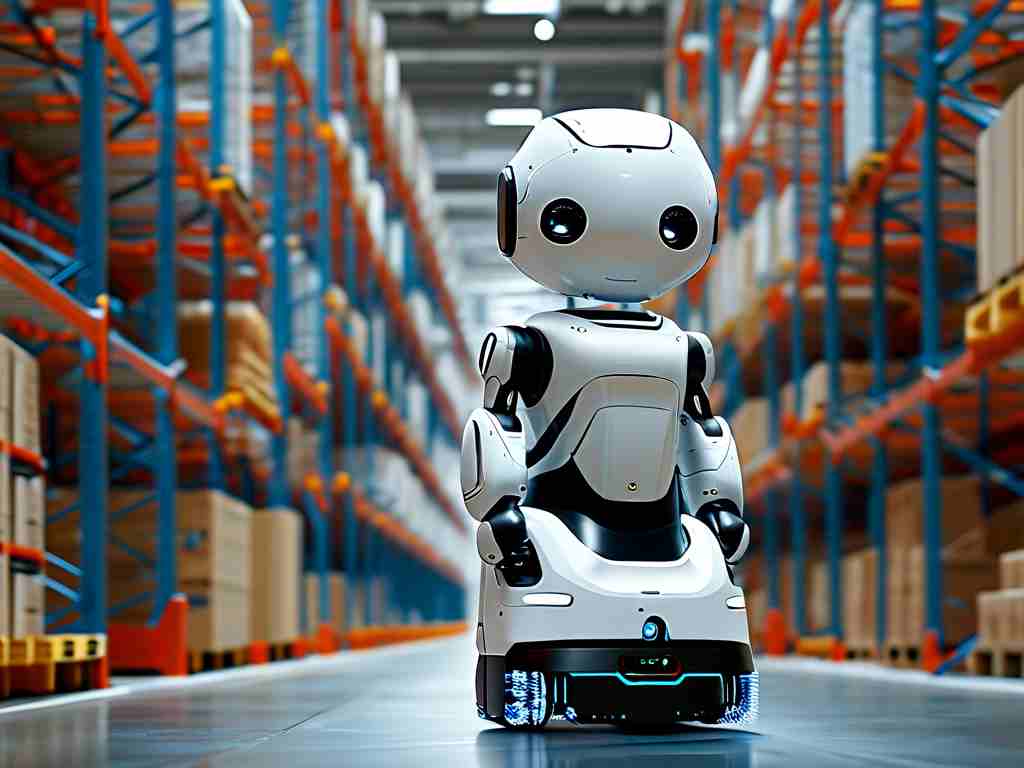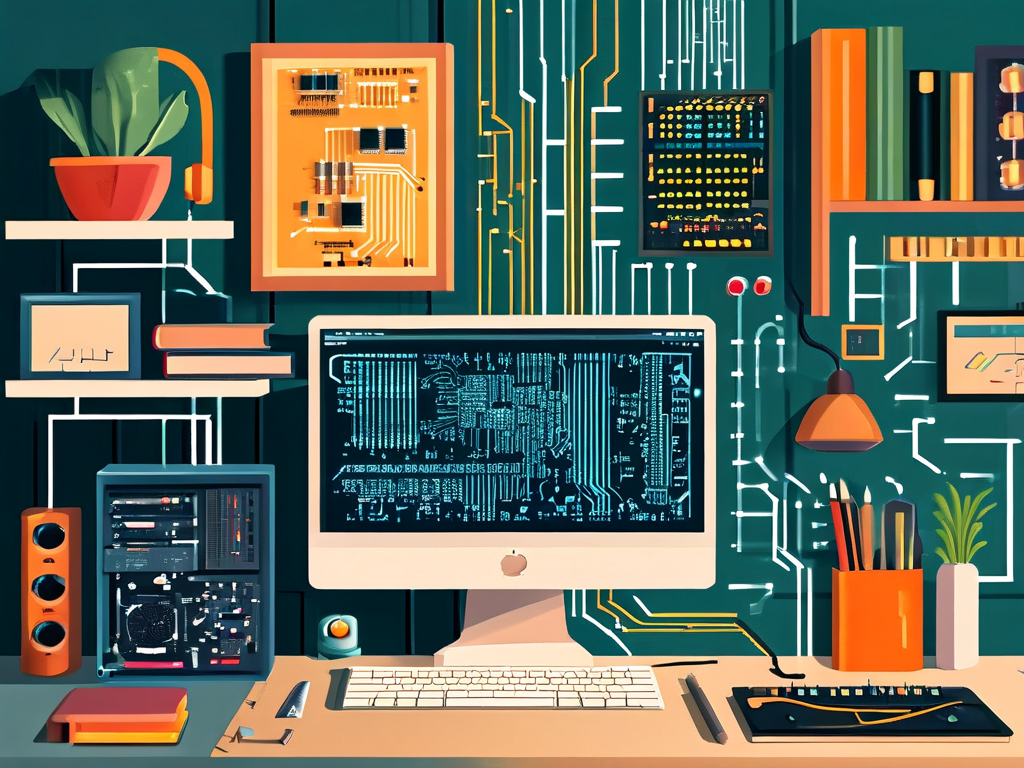In the heart of China’s Yangtze River Delta, Suzhou has emerged as a hub for cutting-edge robotics, particularly in the field of Autonomous Mobile Robots (AMRs). Over the past decade, the city’s integration of advanced manufacturing ecosystems and government-backed innovation initiatives has positioned it as a leader in redefining industrial automation. This article explores how Suzhou’s AMR technology is reshaping industries, the unique strategies driving its success, and the challenges it faces in a competitive global market.

The Rise of AMR Technology in Suzhou
Suzhou’s journey with AMR robotics began alongside its push to upgrade traditional manufacturing sectors. Unlike static industrial robots, AMRs offer unparalleled flexibility, navigating dynamic environments without predefined tracks. Local companies like R-Sense Robotics and Trione Automation have pioneered AMR systems that integrate AI-driven pathfinding, real-time data analytics, and collaborative capabilities. For instance, R-Sense’s flagship model, the RS-500, uses LiDAR and 3D vision to operate seamlessly in crowded warehouses, reducing human intervention by 70% in pilot projects.
The Suzhou Industrial Park, a state-level development zone, has been instrumental in fostering this growth. By offering tax incentives and R&D grants, the park has attracted over 200 robotics startups since 2018. Partnerships with universities like Soochow University have also bridged the gap between academic research and commercial applications, resulting in breakthroughs in swarm intelligence algorithms tailored for AMRs.
Key Applications Driving Adoption
Suzhou’s AMRs are not limited to logistics. In the electronics sector, companies like Jingce Electronic deploy AMRs for precision component delivery, minimizing contamination risks in cleanroom environments. Meanwhile, the healthcare industry has adopted AMRs for sterile supply transport in hospitals, a trend accelerated by the pandemic.
One standout example is Linktron’s AMR-as-a-Service platform, which allows SMEs to lease robots on demand. This model reduces upfront costs and has been widely adopted by Suzhou’s textile manufacturers. A case study at Huaxing Textile revealed a 40% increase in production efficiency after integrating Linktron’s AMRs for material handling.
Technical Innovations and Challenges
Suzhou’s AMR developers emphasize adaptive navigation. Traditional AMRs rely on magnetic tapes or QR codes, but Suzhou-based firms have shifted to multi-sensor fusion—combining UWB (Ultra-Wideband) positioning, inertial measurement units, and edge computing. This approach enables robots to operate in GPS-denied areas, a critical advantage for indoor industrial settings.
However, challenges persist. Battery life remains a bottleneck, with most AMRs requiring recharging every 8–10 hours. Startups like VoltBot are experimenting with wireless charging docks and hybrid power systems, but scalability is still unproven. Additionally, interoperability between AMRs from different vendors remains limited, prompting calls for standardized communication protocols.
Future Outlook
Suzhou’s AMR sector is poised for exponential growth, driven by the national “Made in China 2025” agenda. The local government’s recent 5G-AMR Pilot Zone initiative aims to test low-latency control systems, which could unlock new applications in real-time collaborative manufacturing. Experts predict that by 2027, Suzhou will account for 25% of China’s AMR exports, particularly to Southeast Asia and Europe.
Yet, global competition looms. While Suzhou excels in cost-effective solutions, rivals like Germany’s KUKA and Japan’s Fanuc lead in high-precision AMRs. To bridge this gap, Suzhou’s firms are investing heavily in proprietary AI chips and digital twin simulations. As Dr. Li Wei, a robotics analyst at Suzhou Tech Institute, notes: “The next frontier is human-robot symbiosis—AMRs that learn from operators and adapt workflows autonomously.”
In , Suzhou’s AMR advancements reflect a blend of policy support, technical ingenuity, and market-driven pragmatism. As industries worldwide grapple with labor shortages and supply chain volatility, the city’s robotics innovations offer a blueprint for smarter, more resilient automation.


